Sarngadhara Samhita — Ancient Ayurvedic Books
March 23rd, 2007 | admin
Sarngadhara Samhita is a practical handbook for Ayurveda practitioners. It is regarded as one among the top six ancient scripts of Ayurveda. While Sushruta samhita, Charaka Samhita and Ashtangahridaya are considered the major triad of Ayurveda, Sarngadhara Samhita, Madhavanidana and Bhavaprakasha are considered the minor triad.
In Sharngadhara Samhita, Acharya Sharngadhara make deliberate attempts to make the language simple and easily understandable. He also omitted a lot of details, mainly due to the spread of the major triad of Ayurveda classic writings. It is believed that the book was written in the 15th century.
The book is divided into three sections.
The first section (prathama khanda) of the book tells in detail about the weights and measurements, time and place to collect herbs, the effect of seasons on the quality of herbs, methods of diagnosis, human anatomy and physiology, human constitution (dosha types), appropriate food and diet, etc. Diagnosis of condition by studying pulse is described in detail.
The middle section (madhyama khanda) describes the methods of preparation and mixing of herbal extracts to make medicines. The mixing methods of fresh juices, hot and cold infusion, mixing of powders (choornas), preparation of Gulika (gutika-pills), oils, ghee, arishta, dhatusudhi or purification of metals or minerals and Rasa (medicines with mercury).
The last section (uttara khanda) describes in detail all the five karmas of panchakarma – sneha, swedan, vaman, virechan and basti. It describes different kinds of basti (enema).
Sarngadhara samhita is also spelt – sarngadhara samhitha, sarngadara samhita, sarngadara samhitha, sarangadara samhita, sarangadhara samhitha, etc.; – accurate spelling is pending.




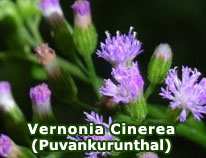
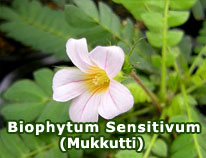
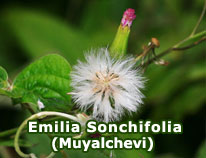
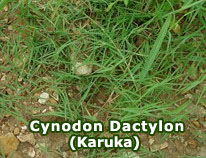
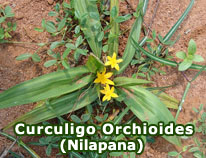
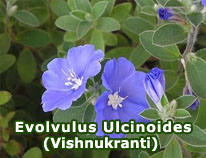
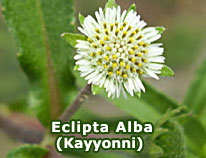
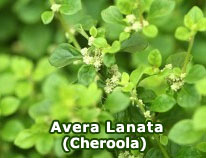
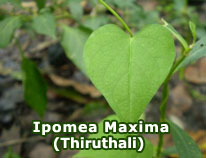
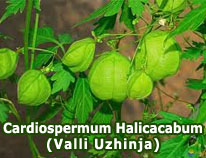
 Loading ...
Loading ...





